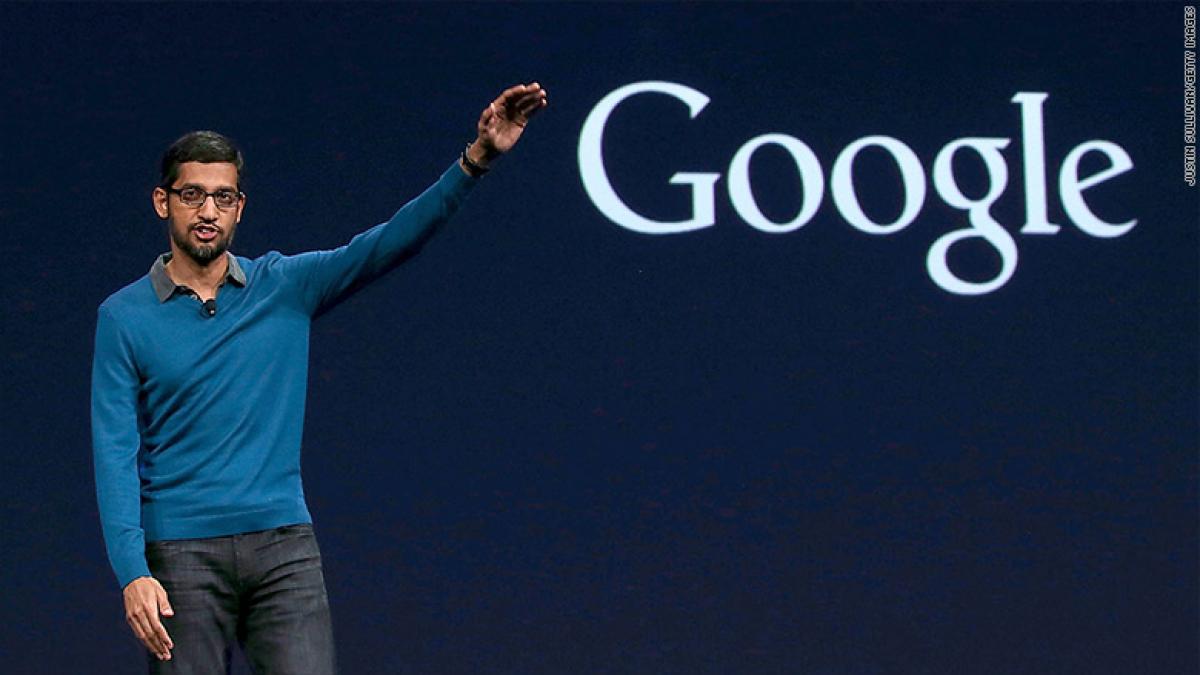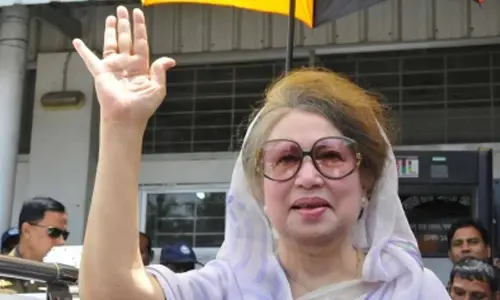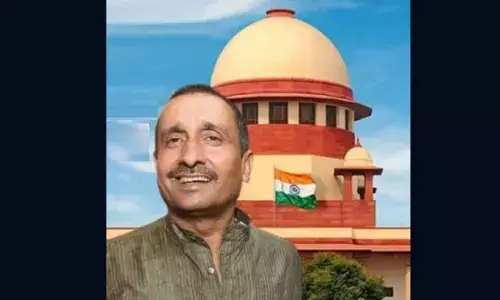Proud moment for India

The Indian Institute of Technology, Kharagpur, that found an embarrassing mention in these columns last week for 209 of its students dropping out in the last three years, can happily showcase alumnus Sundar Pichai, Google’s new CEO, to dissuade future dropouts. Pichai has joined a galaxy of those who head Fortune 500 firms, only 13 per cent of whom are foreigners.
The Indian Institute of Technology, Kharagpur, that found an embarrassing mention in these columns last week for 209 of its students dropping out in the last three years, can happily showcase alumnus Sundar Pichai, Google’s new CEO, to dissuade future dropouts. Pichai has joined a galaxy of those who head Fortune 500 firms, only 13 per cent of whom are foreigners.
.jpg)
More than anyone else, Pichai’s middle class parents in Chennai would be proud. They represent a unique Indian success story, not rags-to-riches, but a middle-class, one of good ‘sanskara’ given to the ward and of the sacrifices the family makes to launch a worthy ward for expensive foreign education. The rest is left to the ward’s pursuit of excellence.
Hyderabad has not lagged behind, what with its own education boom and Cyberabad. At least three – Microsoft’s Satya Nadella, Adobe CEO Shantanu Narayen and Prem Watsa, who runs Fairfax Financial, the would-be savior of Blackberry - went to the same public school in Hyderabad, which experienced a technological boom around the turn of the century. By the time the boom developed, however, all three were long gone from their hometown.
Actually, Indians abroad making to the top of major multinational corporations and achieving great managerial success abroad is no longer ‘news’. The list includes Pepsi, Deutsche Bank, MasterCard, Adobe Systems, Diageo, London-traded consumer goods giant Reckitt Benckiser and semiconductor maker GlobalFoundries.
The proportion of Silicon Valley tech startups led by Indians has risen from seven per cent in the 1980s and 1990s to at least 13 per cent and by some estimates more than 25 per cent. This is despite the fact that Indians make up less than one per cent of the US population. One estimate pegged the annual income of the Indian diaspora at about one-third of India’s GDP, with much of that coming from Silicon Valley.
The Indian CEOs’ backgrounds diverge significantly, according to a Bloomberg study. Anshu Jain of Deutsche Bank is Jaipur-born, while Indira Nooyi of Pepsi comes from Chennai. Ajay Banga of Mastercard, Ivan Menezes of Diageo went to the Indian Institutes of Management.
Some, like Nooyi, Narayen, Benckiser's Rakesh Kapoor and Nadella, studied engineering. Others, like Jain, Menezes and MasterCard chief Ajay Banga, are economics and business graduates. Yet there must be a reason why so many Indians, and not, say, Brazilians, Russians or Chinese, have made stellar corporate careers.
The answer might be found in studies of the Indian management culture. According to research from St Gallen University in Switzerland, Indian executives are inclined toward participative management and building meaningful relationships with subordinates. "The leadership style traditionally employed in India fostered an emotional bond between superiors and subordinates," the 2004 study said.
India has come a long way since Hargovind Khurana or Chandrashekhar Venkataraman made us proud of their achievements in the field of science or when late Ismail Merchant left Mumbai to make films in Hollywood. The lesson, of course, is a given: consistent hard work pays.
Woman injured in stabbing attack in Tokyo, suspect at large
Bengal cop booked for murder over mysterious death of woman home guard, SIT to probe case
Staffer recalls horror of 7-kg gold robbery by armed gang in Karnataka’s Hunsur
25-Year-Old Airline Cabin Crew Member Dies At Gurugram Party; Police Begin Investigation



















